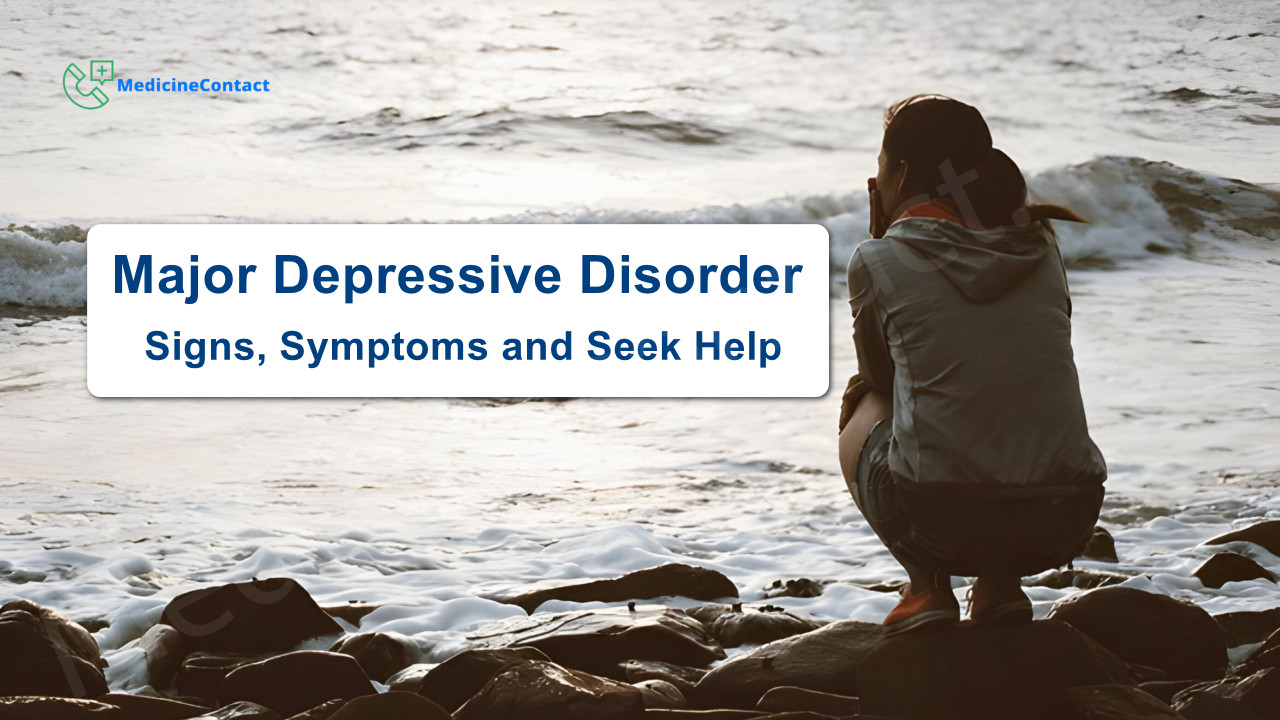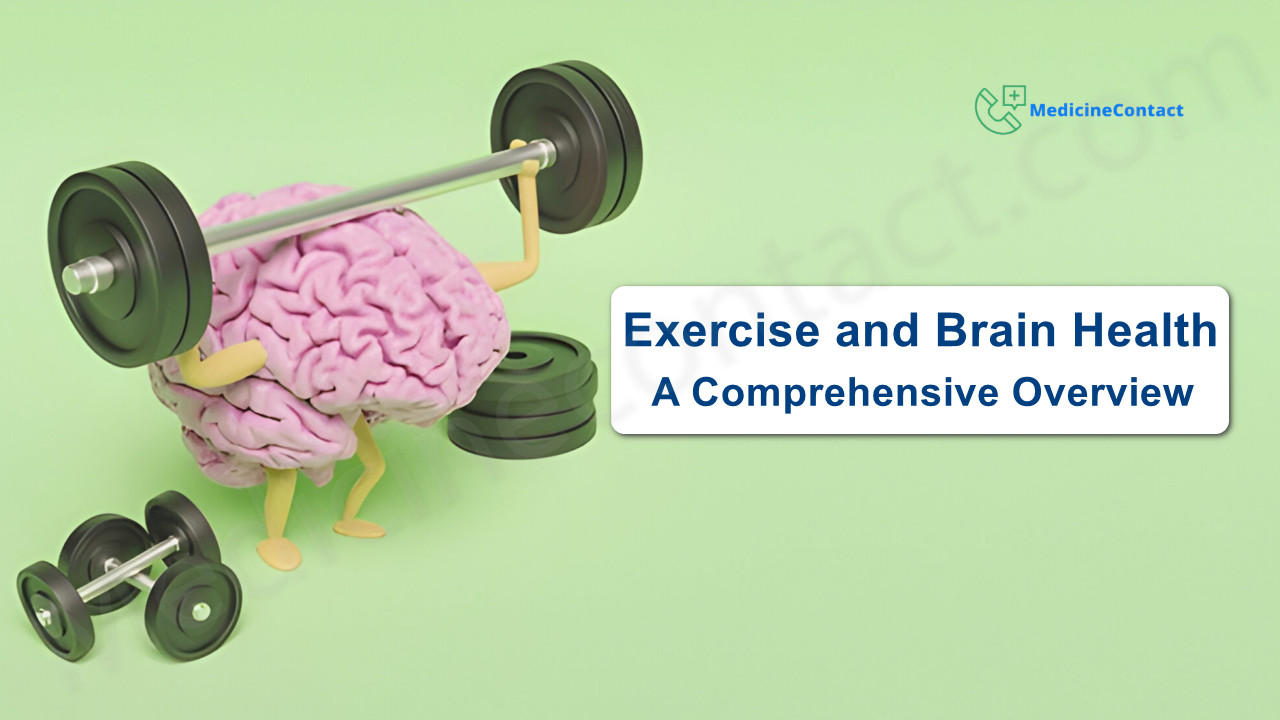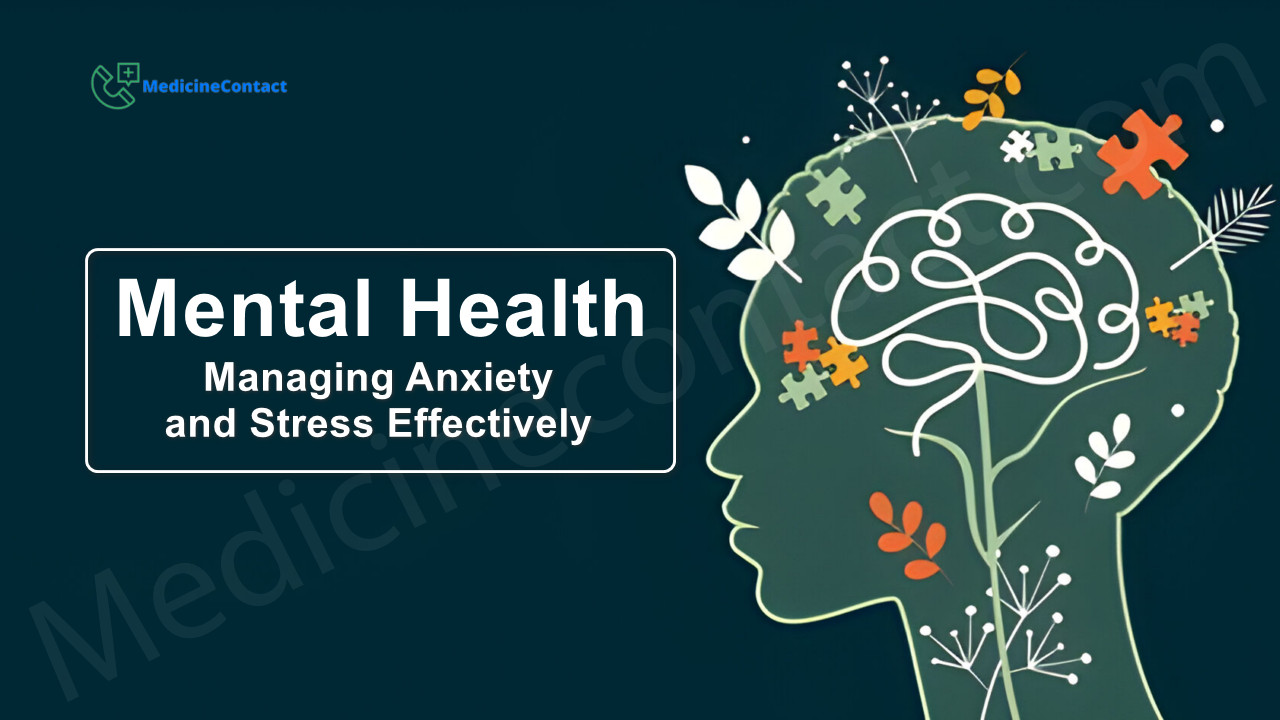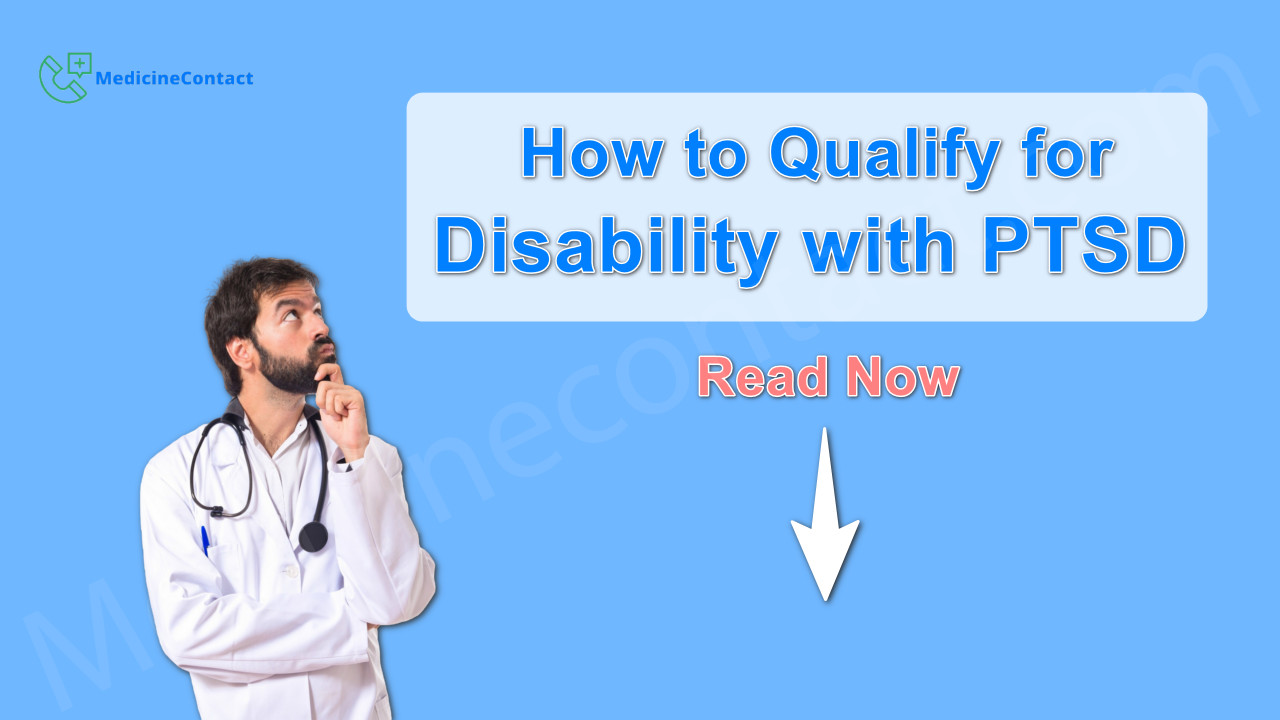
Introduction
Imagine waking up every morning with a weight on your chest, finding it difficult to perform even the simplest tasks. This is a daily reality for many individuals suffering from Major Depressive Disorder (MDD), a serious mood disorder that significantly impacts mental health.
Major Depressive Disorder and Its Impact
Major Depressive Disorder is not just feeling sad occasionally; it is a debilitating condition that affects how a person feels, thinks, and handles daily activities. Persistent sadness, loss of interest in previously enjoyable activities, and changes in sleep and appetite patterns are just some of the signs of clinical depression. Understanding MDD is crucial for early intervention and effective treatment.
Why Understanding MDD Matters
Early recognition and treatment of MDD can lead to better outcomes. By understanding the symptoms and knowing when to seek help, individuals can take proactive steps towards improving their mental health.
What You'll Gain from This Article
In this article, you'll:
- Gain a deeper understanding of Major Depressive Disorder
- Learn to recognize the signs and symptoms
- Explore specific subtypes like Seasonal Affective Disorder (SAD)
- Understand the importance of seeking help
- Discover practical strategies for managing life transitions while coping with MDD
By the end of this article, you will be better equipped to identify and address symptoms of depression, paving the way towards mental well-being.
Understanding Major Depressive Disorder
Major Depressive Disorder (MDD) is a common mood disorder that significantly affects an individual's emotional state. It goes beyond temporary feelings of sadness or "the blues" and can have substantial impacts on one’s daily life. The definition of Major Depressive Disorder encompasses persistent and intense feelings of sadness, hopelessness, and a lack of interest in activities once enjoyed.
Criteria for Diagnosis According to DSM-5 Guidelines
The DSM-5 criteria for diagnosing MDD include a range of symptoms that must be present for at least two weeks:
- Persistent sad, anxious, or “empty” mood
- Loss of interest or pleasure in most or all normal activities
- Significant weight loss when not dieting, weight gain, or decrease/increase in appetite
- Insomnia or excessive sleeping
- Psychomotor agitation or retardation (observable by others)
- Fatigue or loss of energy nearly every day
- Feelings of worthlessness or excessive guilt
- Diminished ability to think or concentrate, indecisiveness
- Recurrent thoughts of death, suicidal ideation without a specific plan, or a suicide attempt
These symptoms must cause significant distress or impairment in social, occupational, or other important areas of functioning.
Differences Between MDD and Other Mood Disorders
Understanding the distinctions between MDD and other mood disorders is crucial. MDD is often characterized by its persistence and intensity compared to conditions like dysthymia (Persistent Depressive Disorder), which involves chronic depression but with milder symptoms.
Bipolar Disorder, another mood disorder, includes episodes of both depression (similar to MDD) and mania/hypomania (periods of elevated mood). An individual with Bipolar Disorder will experience these mood swings as opposed to the more constant nature of depression in MDD.
Recurrent Episodes and Severity
MDD can manifest as recurrent episodes. For instance, the ICD-10 classification includes terms like "moderate episode of recurrent Major Depressive Disorder." This signifies that an individual has experienced multiple depressive episodes over time.
Recognizing the severity and pattern—such as major depressive disorder recurrent—is essential for treatment planning. A moderate episode might require different interventions compared to severe recurrent episodes.
Understanding these aspects of Major Depressive Disorder helps in distinguishing it from other mental health issues and ensures accurate diagnosis and effective treatment strategies.
Recognizing the Signs and Symptoms of Major Depressive Disorder
Understanding the signs of clinical depression is crucial for identifying Major Depressive Disorder (MDD) early. The symptoms can vary widely among individuals but often include a range of emotional and physical manifestations.
Common Emotional Symptoms
- Persistent Sadness: A prolonged period of feeling sad or empty, often without a clear cause.
- Loss of Interest: Diminished interest or pleasure in activities once enjoyed, including hobbies, social activities, and relationships.
- Feelings of Worthlessness or Guilt: Excessive self-blame or feelings of inadequacy that are disproportionate to any actual situation.
- Suicidal Thoughts: Recurrent thoughts of death, suicidal ideation, or attempts. Immediate professional help should be sought if these thoughts occur.
Common Physical Symptoms
- Changes in Sleep Patterns: Experiencing insomnia or hypersomnia (excessive sleeping) can be a sign.
- Appetite Changes: Significant weight loss or gain not related to dieting due to increased or decreased appetite.
- Fatigue: Persistent tiredness or lack of energy that doesn’t improve with rest.
- Difficulty Concentrating: Trouble focusing, making decisions, or remembering details.
Behavioral Symptoms
- Social Withdrawal: Avoiding social interactions and activities one used to enjoy.
- Decreased Productivity: Noticeable decline in work performance or daily task management due to an inability to concentrate and motivate oneself.
Recognizing these symptoms of major depressive disorder is essential for seeking timely intervention. If you observe these signs in yourself or someone else, it may be time to consult a healthcare professional for a thorough evaluation and appropriate treatment plan. Understanding these symptoms is the first step towards effective management and recovery from MDD.
Understanding Seasonal Affective Disorder (SAD)
Seasonal Affective Disorder (SAD) is a type of depression that occurs during specific seasons, mainly in the fall and winter months. It is a subtype of Major Depressive Disorder. People with SAD experience recurring episodes of depression that are linked to seasonal changes, which can have a significant impact on their mental health.
Symptoms of SAD in Fall and Winter
If you have SAD, you may notice the following symptoms during the fall and winter months:
- Feeling persistently sad or having a low mood
- Sleeping more than usual and finding it hard to wake up
- Craving carbohydrates, which often leads to weight gain
- Feeling tired and lacking energy
- Having trouble concentrating
- Experiencing feelings of hopelessness or worthlessness
How Seasonal Changes Affect Mood
The changing seasons, especially the decrease in sunlight during fall and winter, can greatly influence our mood by affecting the levels of certain chemicals in our brain called neurotransmitters. Sunlight exposure plays a crucial role in regulating our body's internal clock (also known as circadian rhythm), which controls our sleep-wake cycles and overall mood. When there is less sunlight, it can lead to lower levels of serotonin (a neurotransmitter associated with happiness) while increasing melatonin production (which can make us feel lethargic and depressed).
Tips for Dealing with SAD in Winter
If you're struggling with SAD during the winter months, here are some strategies that may help:
- Light Therapy: Consider using a light therapy box that mimics natural sunlight. This can help regulate your circadian rhythm and boost serotonin levels.
- Lifestyle Changes:
- Exercise Regularly: Engaging in physical activity on a regular basis can improve your mood and increase your energy levels.
- Stick to a Sleep Schedule: Try to maintain consistent sleep patterns, as this supports overall well-being.
- Eat Healthily: Focus on consuming balanced meals that provide essential nutrients. This can help manage weight gain and sustain energy levels.
It is important to understand the specifics of Seasonal Affective Disorder for early intervention and effective treatment. By recognizing how seasonal changes impact mood, we can take proactive steps to support our mental health during difficult times.
The Importance of Seeking Help for Depression
Recognizing Debilitating Symptoms
Identifying when symptoms of Major Depressive Disorder (MDD) become debilitating is crucial. Persistent sadness, loss of interest in daily activities, and significant changes in sleep or appetite patterns are common indicators. When these symptoms begin to interfere with daily functioning—affecting work performance, relationships, and overall quality of life—it’s time to consider seeking professional help.
Early Intervention for Better Outcomes
Early intervention is key to managing MDD effectively. Addressing symptoms promptly can prevent them from worsening, making treatment more manageable and improving long-term outcomes. Recognizing when you should seek treatment for depression involves paying attention to the duration and intensity of symptoms. If depressive symptoms persist for more than two weeks or lead to thoughts of self-harm or suicide, immediate professional support is necessary.
Treatment Options Available
Several treatment options can help manage MDD:
Psychotherapy
- Cognitive Behavioral Therapy (CBT): Helps individuals identify and modify negative thought patterns contributing to depression.
- Interpersonal Therapy (IPT): Focuses on improving interpersonal relationships and communication skills.
Medication
- Antidepressants: Medication like selective serotonin reuptake inhibitors (SSRIs) can alleviate depressive symptoms by balancing neurotransmitter levels.
Lifestyle Changes
- Exercise: Regular physical activity boosts mood by increasing endorphin levels.
- Diet: A balanced diet rich in omega-3 fatty acids, vitamins, and minerals supports brain health.
- Sleep Hygiene: Establishing a regular sleep schedule helps maintain mental well-being.
Seeking mental health support options such as counseling services, support groups, and crisis hotlines can provide additional resources and emotional support. Understanding when to seek treatment for depression ensures timely intervention, paving the way for recovery and a better quality of life.
Navigating Life Transitions with Major Depressive Disorder or Personality Disorders
Challenges Faced During Transitions
Relocating to a new city or starting a new job can be daunting experiences for anyone, but for individuals diagnosed with Major Depressive Disorder (MDD) or personality disorders such as Borderline Personality Disorder (BPD), these transitions can worsen symptoms and increase stress.
Key challenges include:
- Social Isolation: Moving to a new location often means leaving behind established support networks. This isolation can heighten feelings of loneliness and despair in those with depressive disorders.
- Increased Stressors: Adapting to a new work environment or unfamiliar surroundings presents additional stressors. These may manifest as heightened anxiety, difficulty concentrating, and increased vulnerability to depressive episodes.
- Routine Disruption: For individuals with MDD or BPD, maintaining a stable routine is crucial. Life transitions disrupt these routines, making it harder to manage symptoms effectively.
Strategies for Managing Life Transitions While Coping with Major Depressive Disorder or Personality Disorders
Navigating life transitions while managing MDD or personality disorders requires deliberate strategies to mitigate the associated challenges. Here are practical tips to prioritize mental well-being during these periods:
- Maintain a Support System:
- Connect with friends and family through regular calls or virtual meetups.
- Seek out local support groups or online communities focused on mental health.
- Establish Routines:
- Create daily schedules to maintain consistency in sleep, meals, and activities.
- Incorporate relaxation techniques such as meditation or yoga into your routine.
- Practice Self-Care Techniques:
- Engage in regular physical activity to boost mood and reduce stress.
- Prioritize hobbies and activities that bring joy and relaxation.
- Seek Professional Help:
- Consult with mental health professionals for therapy sessions tailored to managing transitions.
- Consider medication adjustments if symptoms intensify during periods of change.
- Utilize Mindfulness Techniques:
- Practice mindfulness exercises like deep breathing or progressive muscle relaxation.
- Use journaling as a tool to process emotions and track mood changes.
- Prepare for Seasonal Affective Disorder (SAD):
- If moving to an area with significant seasonal changes, consider light therapy options.
- Stay active during daylight hours and seek exposure to natural light whenever possible.
- Build New Connections:
- Join local clubs or organizations related to personal interests.
- Attend community events or volunteer opportunities to expand social networks.
Transition periods do not have to be overwhelming despite the additional burdens they might place on those coping with depressive disorders like MDD or personality disorder challenges. By implementing these strategies, individuals can better navigate life changes while maintaining their mental health stability.
Furthermore, it's important to acknowledge that certain individuals may also exhibit symptoms of Post-Traumatic Stress Disorder (PTSD).
Conclusion: Taking Action Towards Mental Health Well-being
Understanding Major Depressive Disorder (MDD) is crucial for early intervention and effective treatment. Recognizing the signs and symptoms, such as persistent sadness, loss of interest in activities, changes in sleep or appetite patterns, fatigue, feelings of worthlessness, difficulty concentrating, and suicidal thoughts, can help identify when to seek professional help.
The article also covered Seasonal Affective Disorder (SAD), a variant of MDD that occurs during specific seasons. SAD symptoms often emerge in the fall and winter months due to reduced sunlight exposure, leading to low energy levels and mood disturbances. Light therapy and lifestyle changes are effective strategies for managing SAD.
Seeking help is vital when depression symptoms interfere with daily functioning. Various treatment options are available:
- Psychotherapy: Cognitive Behavioral Therapy (CBT) is commonly used.
- Medication: Antidepressants can be prescribed.
- Lifestyle Changes: Incorporating exercise, maintaining a healthy diet, and practicing mindfulness.
Prioritizing mental health well-being involves recognizing the importance of early intervention and exploring different treatment avenues to manage depression effectively.
For more detailed information on Depression and its management, visit Medicine Contact.
FAQs (Frequently Asked Questions)
What is Major Depressive Disorder (MDD)?
Major Depressive Disorder (MDD) is a mood disorder characterized by persistent sadness, loss of interest in activities, and various physical and emotional symptoms that affect daily functioning. It is essential to understand MDD for early intervention and effective treatment.
What are the signs and symptoms of Major Depressive Disorder?
Common signs and symptoms of MDD include persistent sadness, loss of interest or pleasure in activities, changes in sleep or appetite patterns, fatigue, feelings of worthlessness, difficulty concentrating, and thoughts of self-harm or suicide.
How does Seasonal Affective Disorder (SAD) relate to Major Depressive Disorder?
Seasonal Affective Disorder (SAD) is a subtype of Major Depressive Disorder that occurs during specific seasons, typically fall and winter. Symptoms may include increased fatigue, changes in sleep patterns, and low energy levels due to reduced light exposure affecting neurotransmitter levels.
When should someone seek help for depression?
It is important to seek help when symptoms become debilitating and interfere with daily functioning. Early intervention can lead to better outcomes in managing MDD. Options for treatment include psychotherapy, medication, and lifestyle changes.
What challenges might individuals with MDD face during life transitions?
Individuals with MDD may experience increased stressors such as social isolation and heightened anxiety during life transitions like moving to a new location or starting a new job. These challenges can exacerbate their depressive symptoms.
What strategies can help manage MDD during significant life changes?
Practical strategies for managing MDD during life transitions include maintaining a support system, establishing routines, practicing self-care techniques like mindfulness or exercise, and seeking professional help when necessary.
Disclaimer: This article is for informational purposes only and does not constitute medical advice. Always consult with a healthcare professional before starting any new treatment regimen.




